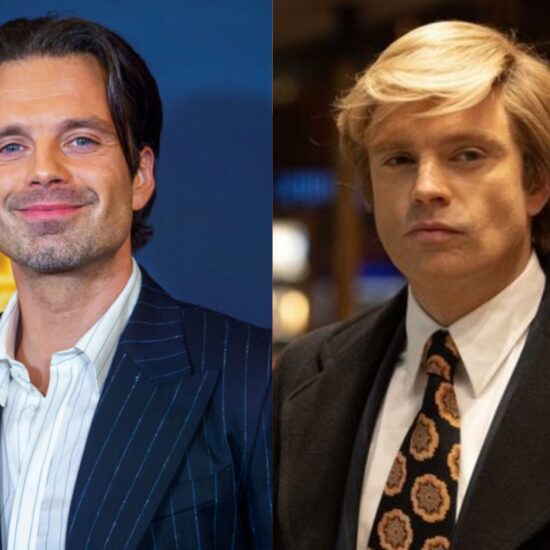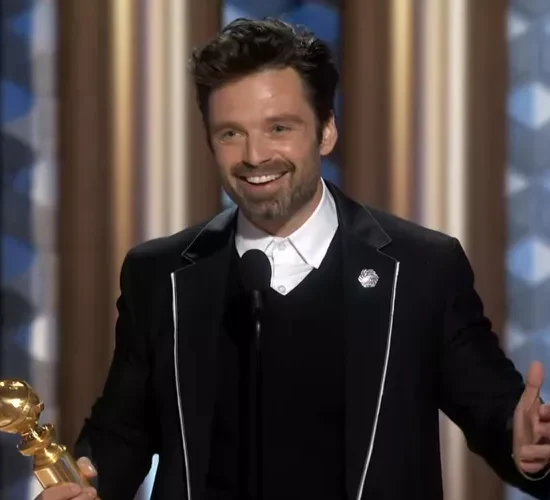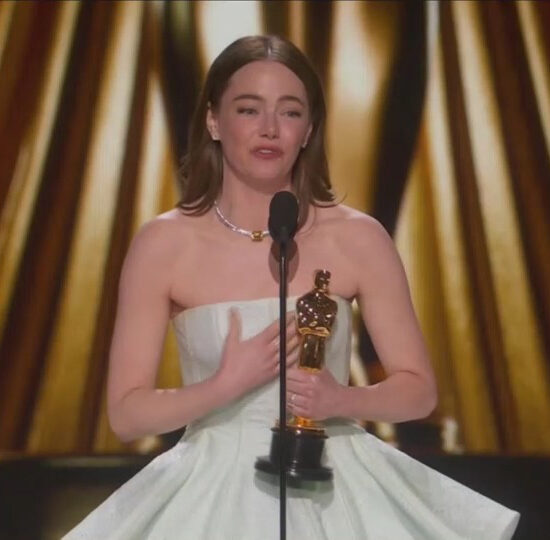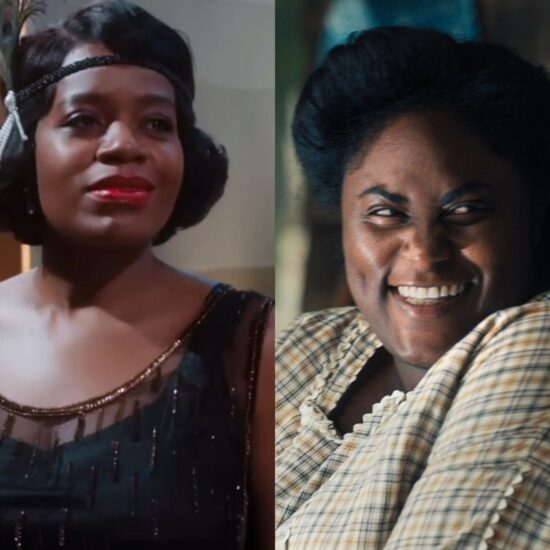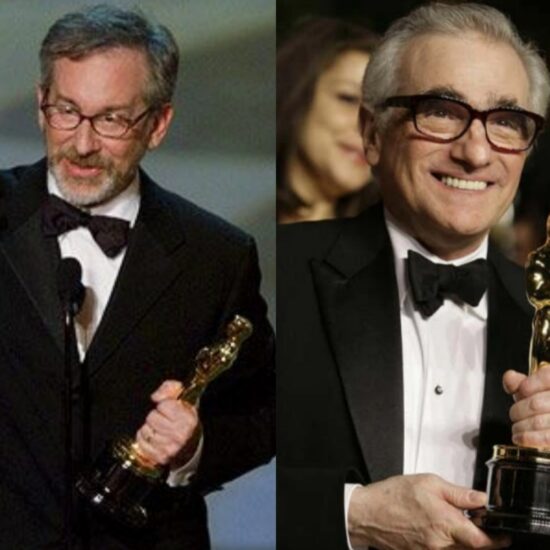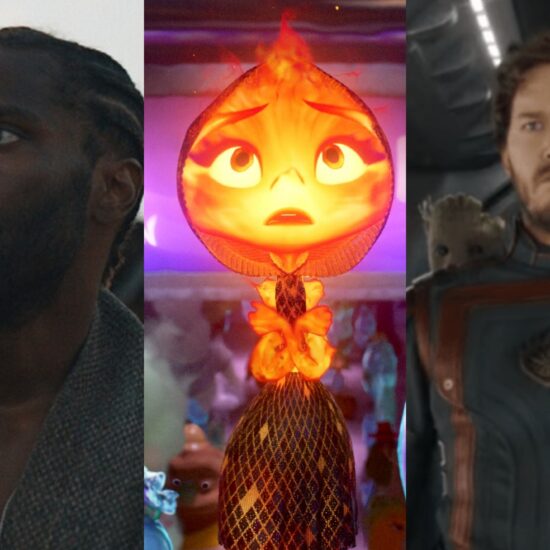
The director’s origin story provided the biggest epiphany for the Oscar-winning production designer, who cracked “the Spielberg code” that connects his personal life with his films.
Although Oscar-winning production designer Rick Carter (“Lincoln,” “Avatar”) has worked closely with directors Robert Zemeckis (the “Back to the Future” sequels, “Forrest Gump”), James Cameron (“Avatar”), and J.J. Abrams (“Star Wars: The Force Awakens” and “The Rise of Skywalker”), his greatest collaboration spans 11 films with Steven Spielberg, from “Jurassic Park” to “The Fabelmans.”
Indeed, Spielberg brings out the best in Carter, who enjoys exploring characters through the spaces they inhabit. It’s a form of world-building based as much on psychology as visual design and has led to several self-discoveries for Carter about his own Goya-esque artistry and conscience in the post 9/11 cycle of war films: “War of the Worlds,” “Munich,” “War Horse,” “Lincoln,” and “The BFG.”
But “The Fabelmans” — the director’s most personal film and nominated for seven Academy Awards, including production design — provided the greatest epiphany for the Oscar-nominated Carter because he was able to crack “the Spielberg code”: the set of themes and motifs that recur throughout his films, such as the splintering of the family unit, characters chasing their dreams or venturing into fantastical realms to escape their home life or restore a lost connection. This enabled the production designer to make the connection between artist and work more clearly — specifically, how Spielberg’s entire life has been a tug of war between artistry and pragmatism. It’s part of his DNA that he inherited from his late parents: concert pianist mother Leah Adler and computer engineer father Arnold Spielberg.
Read More: Weaving ‘The Fabelmans’ from Steven Spielberg’s Childhood Memories
“I was curious how he would manage the tightrope of how much is real and how much is fictionalized,” said Carter, whose immersive art exhibition about his production design, “Time,” runs through March at ESMoA in El Segundo. “I think that’s one of the things that I enjoyed a lot about the movie was knowing some of it for real, just having been around Steven all these years, and having met his mother and father. But I also knew we were making a fable version about that gap between what is real and what is fictional.”

“The Fabelmans”: New Jersey Dining Room
NBC Universal
Although Carter was always aware of the code, which he intuitively picked up on during their collaboration, he wasn’t privy to many of the origins of certain scenes until working on “The Fabelmans,” which is filled with Easter eggs for Spielberg fans. For example, how the scene in “Lincoln,” where Lincoln (Daniel Day Lewis) talks with General Grant (Jared Harris) about the horrors of the war during the aftermath of the Petersburg battle was a direct reference to the climax of Spielberg’s early World War II film, “Escape to Nowhere,” where the guilt-ridden sergeant walks alone after leading his platoon into an ambush.
“Part of why Steven’s got such a range to deal with in his movies is that, once he knows that there is something spherical, he doesn’t run away from it,” Carter added. “There may be an instance when he turns it into adventure, but think about the [Capuchin] monkey and how it plays in ‘The Fabelmans,’ where he’s taking all that crazy energy. The monkey was his mother’s pet during her loneliness in Phoenix. But the monkey is the one that saves Indy’s life in ‘Raiders of the Lost Ark.’ You realize: What if we have a scene with a monkey? That’ll be fun. And you see it in an adventurous way where the monkey eats the poisonous date intended for Indy and dies.”
“The Fabelmans” represents the first time that Spielberg made a film stripped of metaphor because his life is the subtext. Carter was inspired by the director’s creative act of self-reflection to think back on his own development as an artist. As a result, the experience of designing the road trip for Spielberg’s alter-ego, Sammy (Gabriel LaBelle) — who travels with his family from New Jersey to Arizona to Northern California — became his own nostalgic road trip. However, because of COVID, they were forced to film it all in California. This reminded the director and production designer of how they began their careers in the early ’70s when L.A. was the center of production and a stand-in for anywhere in the country. “We also became aware of our own mortality,” Carter added.

“The Fabelmans”: Phoenix House
NBC Universal
The most important sets were the three Fabelman houses in Haddon Township, New Jersey, Phoenix, Arizona, and Los Gatos, California. Their many chambers contributed to Sammy’s psychological, emotional, moral, and artistic development. Carter and the art department (including set decorator Karen O’Hara, supervising art director Andrew Cahn, and prop master Andrew Siegel) drew on an abundance of photo reference material from the Spielberg family archives and visits to the director’s childhood homes and haunts.
Read More: How the Editors of ‘The Fabelmans’ Helped Spielberg Convey the Emotional Truth of His Personal Story
But their primary reference points were Spielberg’s memories and those of his three sisters: Anne, Sue, and Nancy. In fact, Carter’s designs for the New Jersey and Arizona houses were based on floor plans Spielberg drew from memory (especially the downstairs of the New Jersey house). The production design aimed to interpret the space in a way that captured the spirit of the memories. “You develop a rapport together, and you know him well enough about what he needs and what his likes and dislikes are,” Carter said. “But he loves being surprised by the interpretation you come up with as long as it hits the emotional core.”
The first Fabelman house in New Jersey was designed to capture Sammy’s interior life and how his love for filmmaking takes over every corner. A garage becomes a soundstage to shoot the crashing of toy trains; a small dark closet becomes Sammy’s private projection room. “In terms of the aesthetics, we had a lot of latitude for the colors, but there was one color that was based upon something that he remembered, and he had a photograph of a green color in the living room,” Carter said.

“The Fabelmans”: Sammy’s Phoenix Bedroom
NBC Universal
The Phoenix house was an elongated, one-story, ranch-style home. Its bright desert hues with splashes of blue were the favorite of Leah Adler. They even replicated a bronze picture that sat above the piano in the living room. ” What really got interesting in Phoenix was, as a filmmaker, he became more himself,” added Carter. “So not only the equipment there was accurate, but all the storyboards, which Steven drew so that they are accurate to the way he was filming the movie-within-the movie and the way he still draws today.”
The third Fabelman house was an archetypal Northern California Craftsman. The design was older, gloomy, and spare. It wasn’t informed by any specific reference from Spielberg’s childhood but chosen to reflect the darkening mood of the Fabelmans. The clutter of unpacked moving boxes reflects a family in transition physically and emotionally.

“The Fabelmans” Steven Spielberg Storyboard
NBC Universal
“Each one of the houses has a different sensibility to it,” added Carter, “because not only is it moving forward in time, it’s really got almost a three-act structure of having started on the East Coast and moving across the desert to California in the sense that it’s the Promised Land.”
Carter describes Sammy’s hero’s journey as one that resembles Manifest Destiny to find himself. He winds up in Hollywood, where he encounters legendary director John Ford (a wonderfully cantankerous David Lynch), who sums up the importance of framing a shot by the correct placement of the horizon either on the top or the bottom. Spielberg actually improvised the finale shot of Sammy blissfully leaving the lot with the horizon on top. “A way that I think about the production design of ‘The Fabelmans,’” Carter said, “is that it is as much visually vertical as it is horizontal in regard to where it goes. From the John Ford sequence landscapes down into the film within the film that you are watching.”
Sign Up: Stay on top of the latest breaking film and TV news! Sign up for our Email Newsletters here.









